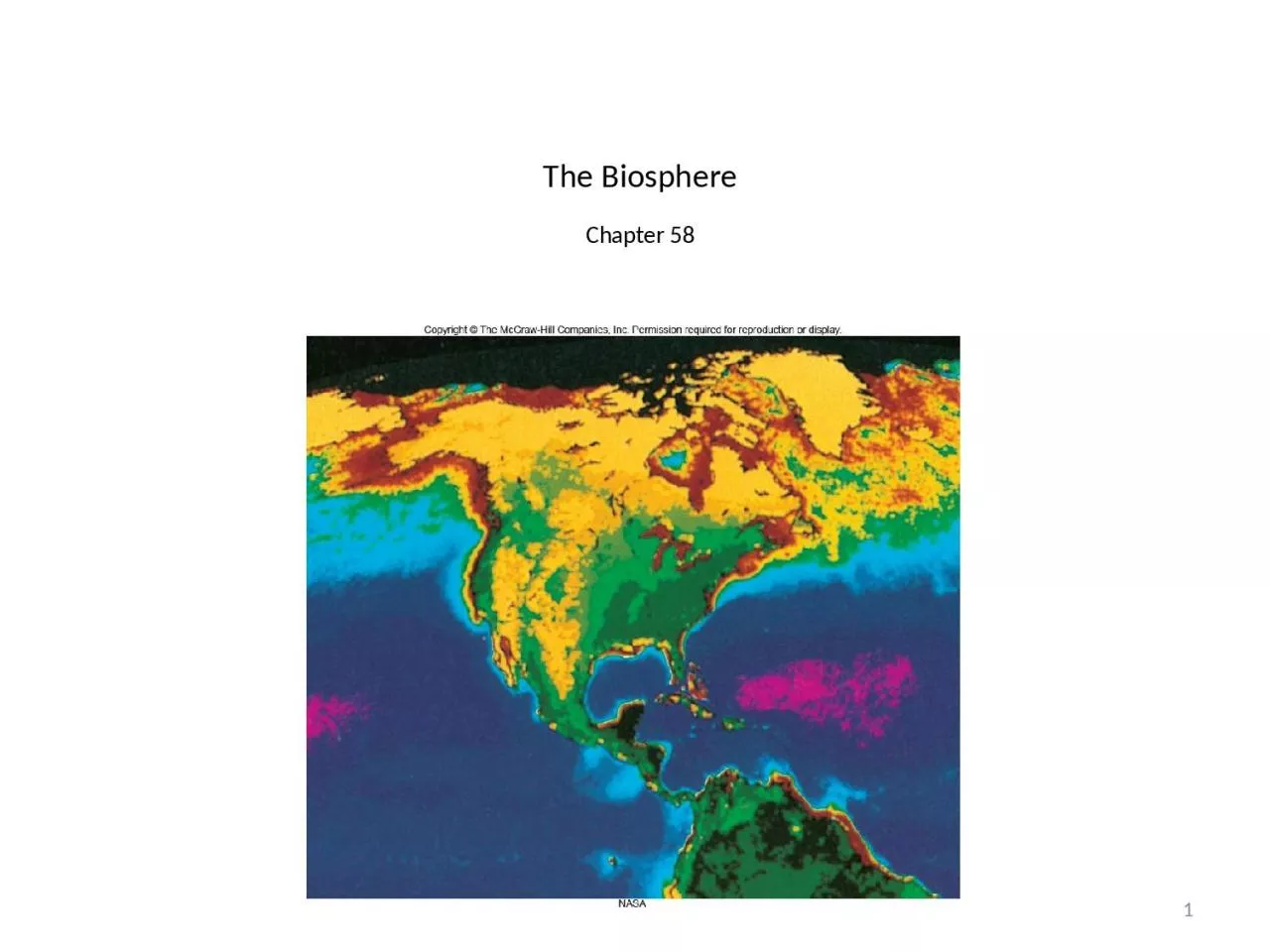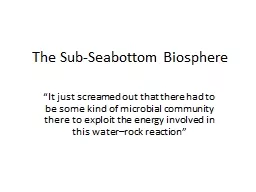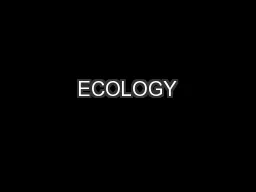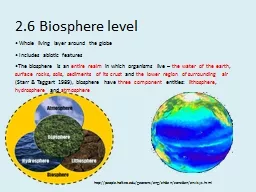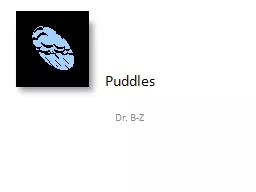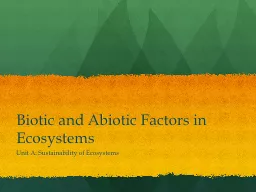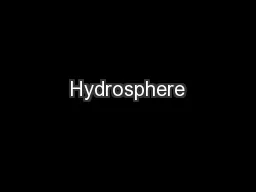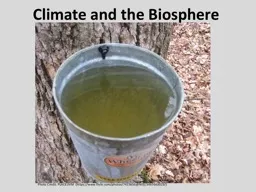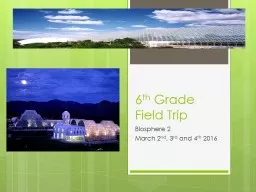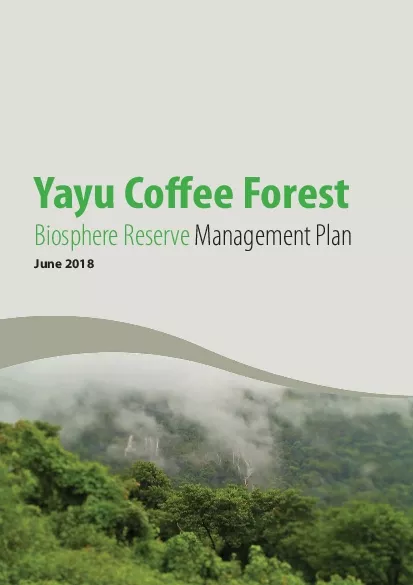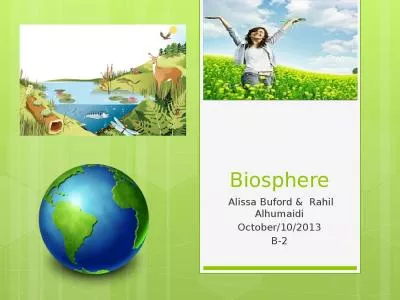PPT-1 The Biosphere Chapter 58
Author : fanny | Published Date : 2023-10-25
2 Effects of Sun Wind Water Biosphere includes all living communities on Earth Global patterns of life on Earth are influenced by The amount of solar radiation that
Presentation Embed Code
Download Presentation
Download Presentation The PPT/PDF document "1 The Biosphere Chapter 58" is the property of its rightful owner. Permission is granted to download and print the materials on this website for personal, non-commercial use only, and to display it on your personal computer provided you do not modify the materials and that you retain all copyright notices contained in the materials. By downloading content from our website, you accept the terms of this agreement.
1 The Biosphere Chapter 58: Transcript
Download Rules Of Document
"1 The Biosphere Chapter 58"The content belongs to its owner. You may download and print it for personal use, without modification, and keep all copyright notices. By downloading, you agree to these terms.
Related Documents

